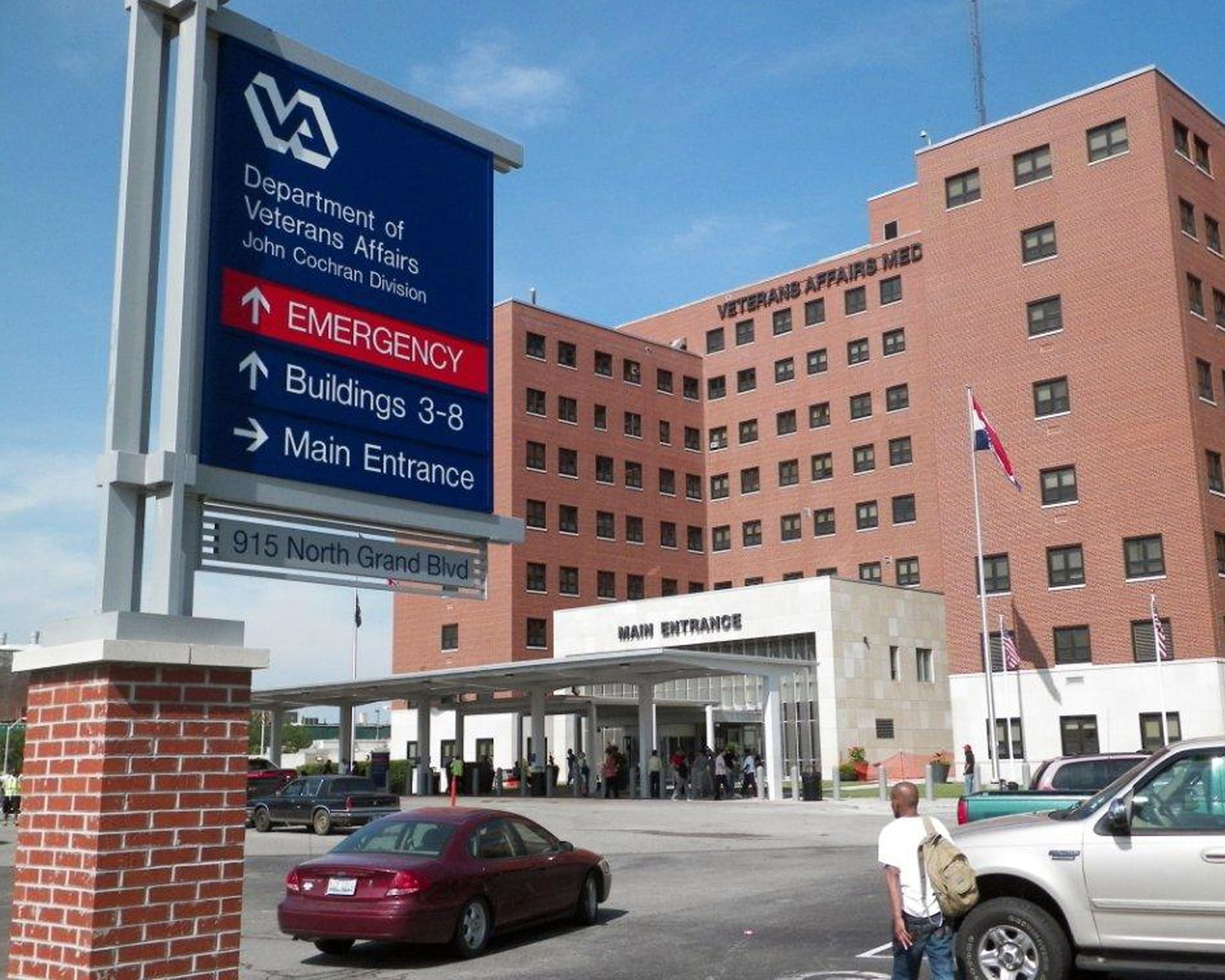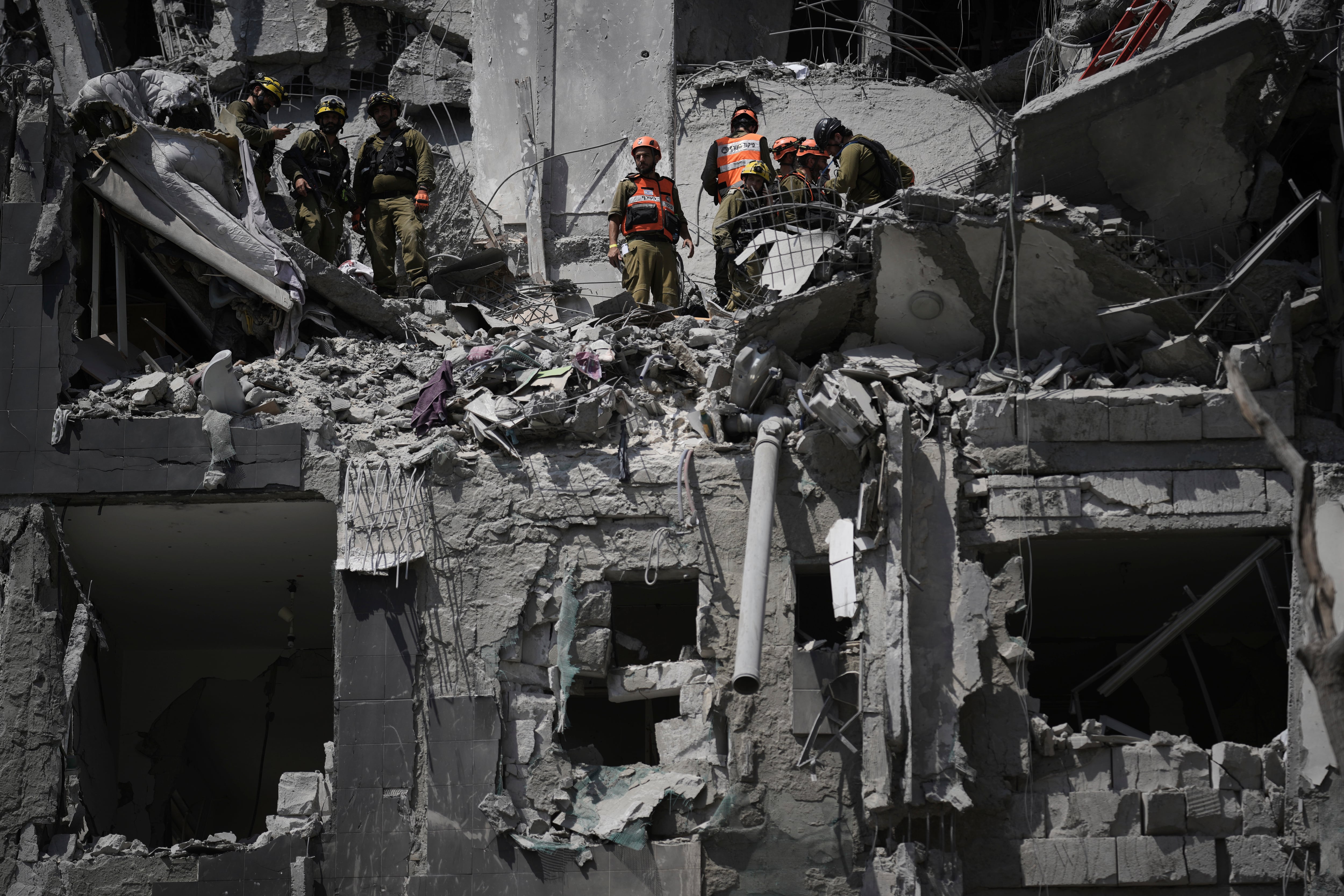As the Corps continues to drop its numbers closer to an end strength of 175,000, the top general expects operational tempo to intensify across the service.
Speaking at the Brookings Institution July 15, Commandant of the Marine Corps Gen. Jim Amos outlined the pressure, "if things don't change and we go to [175,000], the deployment-to-dwell ... for almost all our combat units are going to be about 1:1.6 to 1.7.That means you're going to be gone for seven months. You're going to come home for about 11 and then you're going to be gone again."
For Marines in job fields critical to the Corps' changing future — everything from bomb technicians to Osprey crews — 11 months at home may even be a liberal estimate. An administrative message released the day before Amos' talk, July 14, would seem to indicate that these Marines and their units should come to expect something more like 1:1. However, the message outlines certain protections to be afforded to those busiest Marines, bringing the policy in line with new requirements from the defense secretary.
Active-duty Marines with a deployment-to-dwell time lower than 1:1 and reservists with a deployment-to-dwell time lower than 1:4 cannot be deployed without special authorization from Defense Secretary Chuck Hagel under a new policy set to take effect no later than May 1.
"The intent is for commanders at every level to ensure individual service members, regardless of unit assignment, are not repeatedly exposed to combat; do not experience disproportionate deployments; and do not spend extended periods of time away from their homeport/station/base unless required by operational necessity," reads Marine administrative message 346/14, signed July 14.
Despite the new protections, many Marines are likely to find themselves near the 1:1 threshold as a result of the service-wide drawdown, according to Amos. The drawdown will ultimately cut the service by about 28,000 Marines if Congress does not lift the across-the-board defense spending cuts. If the cuts continue, the Corps will fall to about 174,100 Marines by the end of 2017, from a wartime high of 202,000.
Post-war op-tempo
Under the policy revisions, individuals can request a waiver to deploy if they want to go even if they are below Pentagon- mandated deployment limits.
The Marine can "request a waiver of the deployment-to-dwell threshold by volunteering in writing to the first general officer in the chain of command of the parent organization, who may approve the waiver request," the MARADMIN states. .
Marine officials said "no harm will come to a Marine's career if they request to be waived from a deployment," however they failed to answer repeated questions regarding procedural specifics, such as exactly how Marines at 1:1 will be informed of their right to forgo a deployment, or what administrative requirements were in place to prevent reprisals towards a Marine under 1:1 who declines to requests a waiver to deploy anyways.. Over the course of three weeks, Marine officials denied repeated requests for additional information and interviews about details including how vacancies are filled when a Marine cannot be deployed. Among questions that remain unanswere are how Marines will be transfered to fill vacancies, where those Marines will come from and exactly what role permanent change of station orders or individual augmentee orders play.
Waivers are also available to commanders to force a Marine below the 1:1 threshold to deploy — with SecDef approval — if that Marine's spot cannot be filled by someone else.
"The manpower requirement must be filled by a suitable and qualified replacement," said Kerry Cerny and Lt. Col. Armando Freire, action officers in the Manpower Policy Division, in written responses to questions from Marine Corps Times. "If a service cannot find a replacement, then the service must request permission from SecDef to involuntarily deploy a service member breaking dwell."
The same applies for an entire unit during times of emergency. Units can be deployed with a SecDef waiver if another unit is not available. In the most extreme cases, "units ordered to rapidly deploy to support an unplanned contingency or emergency shall deploy as ordered," the MARADMIN states.
"The president declaring a specific emergency trumps the SecDef waiver requirement," said Yvonne Carlock, a Manpower and Reserve Affairs spokeswoman. "That does not mean that the service or commanders will ignore dwell if they have time to sort it out."
The MARADMIN essentially expands existing guidance called the Boots on the Ground Policy. That policy, revised in 2005 by MARADMIN 355/12, also set a minimum for 1:1 dwell time at the commandant's direction. Additionally, at SecDef's direction at the time, it limited deployments to 365 days and gave Marines involuntarily extended on a deployment additional pay of $800 per month and $200 per month in danger pay.
"The previous policy was specific to one region — specifically U.S. Central Command [including Iraq and Afghanistan]," Carlock said.
Now, when a unit is tapped for deployment anywhere, a commander is required to determine the unit's deployment-to-dwell ratio. If the unit is not breaking minimum requirements, then the commander must determine whetherany Marines require waivers to deploy.
Tracking a unit's deployment-to-dwell time is ultimately the commander's responsibility, but the task will likely be handled by his administrative officer or chief, Carlock said. Using the Marine Corps Total Force System, which automatically tracks deployment-to-dwell times, should make the process quick, she added.
Busiest Marines
While SecDef's goal is a 1:2 for most Marines, Manpower officials don't expect everybody will enjoy that much time at home.
"The impact of op-tempo depends wholly on the ... needs of the service, global requirements and the availability of assignable and deployable Marines," Carlock said. "However, most Marines can expect a dwell ratio of between 1:1 and 1:2; Marines in high demand/ low density MOSs can expect a dwell ratio of 1:1 or less."
That might leave leaders regularly requesting waivers from SecDef to deploy some of the most in-demand Marines. The five most commonly cited are 0211 counterintelligence/human intelligence specialist; 0321 reconnaissance man; 0372 critical skills operator; 0689 cyber security technician; and 2336 explosive ordnance disposal technician.
But, which jobs will remain or become most in demand is uncertain with the end of combat operations in Afghanistan. Despite repeated requests for specifics around which communities should expect to feel the most pressure, officials would only respond with generalizations.
"We cannot say with certainty which individuals or communities will see the shortest deployment to dwell ratio due to fluctuating operational requirements," according to written responses from the Marine Corps' public affairs office at the Pentagon. "Marines can expect to remain operationally focused by continuing to maintain MEU deployment cycles while concurrently fielding new capabilities, such as regional SPMAGTFs focused on crisis response."
The Marine Corps is already deploying about 2,000 Marines each year to Europe to deal with emergencies in Africa as part of Special-Purpose Marine Air-Ground Task Force-Crisis Response. In 2015, the Marine Corps plans to stand up an additional task force designed to respond to crises in the Middle East. That unit will be comprised of about 2,000 Marines, meaning nearly 4,000 could deploy there annually.
There have been discussions to stand up additional SPMAGTFs, including one that could respond to crisis in the Americas. If all of the plans come to fruition, more than 6,000 Marines would likely deploy each year with the crisis response forces alone. Thousands more will deploy in the Pacific as the service reinvigorates its Unit Deployment Program, and others continue to deploy with Marine expeditionary units across the globe.
Apart from Marines filing through SPMAGTF, MEU and UDP deployments, it stands to reason many of the five most in demand jobs will remain busy. In an uncertain operating environment, intel Marines are in-demand. And the service's top EOD techs, who have said the IED threat is here to stay, have advocated the need to remain active by training and deploying during peace time.
Critical skills operators are also among those most likely at risk of breaking 1:1 goals. The service is on track to expand the Marine Corps Special Operations Command, emphasizing its commitment to small-scale contingency operations and crisis response as opposed to large-scale land operations.
Other jobs like F/A-18 pilots and maintenance crews, could see increased operational tempo if there are additional delays in the rollout of the Marine Corps' F-35B Joint Strike Fighters. In March, Fighter Attack Squadron 122, out of Marine Corps Air Station Beaufort, South Carolina, made a second deployment to MCAS Iwakuni, Japan, after just seven months at home, according to a Marine Corps news release.
At the time, many aviation crews had a deployment-to-dwell ratio of about 1:1.2. But sequestration, manpower cuts and F-35 delays meant F/A-18 squadrons had an even lower dwell time, Lt. Gen. Robert Schmidle, the then deputy commandant for aviation, told Marine Corps Times in March.
That's likely to be the case for squadrons attached to crisis response task forces as well.
MV-22B Osprey crews and KC-130J Super Hercules pilots have become crucial to the Corps' crisis response efforts. The Osprey is able to move Marines into the heart of a crisis quickly, while the KC-130's aerial refueling capability is able to slingshot them across entire continents. The demand from combatant commanders for those capabilities will likely keep Marines who work with those aircraft busy, whether they're based at land or at sea.





